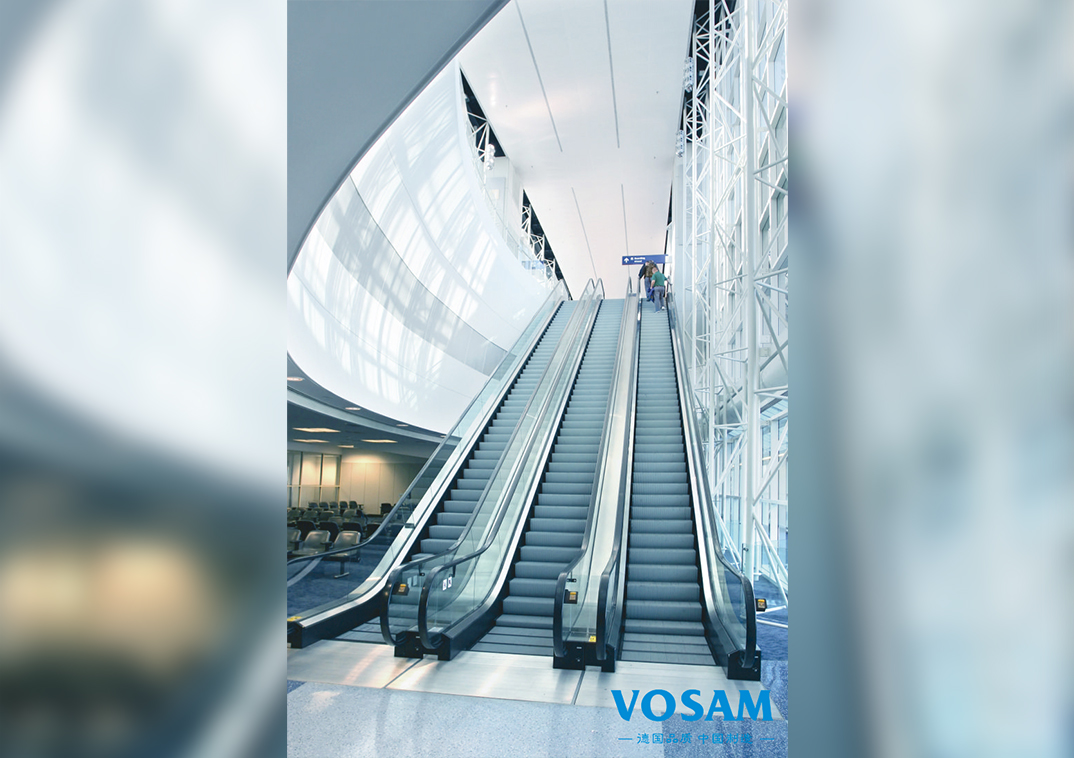The speed and efficiency of escalators in terms of capacity and load management are crucial factors that impact their overall performance and effectiveness in handling passenger flow. Here’s how these aspects are managed:
Most escalators operate at speeds between 0.5 to 0.75 meters per second (1 to 1.5 feet per second). This speed range is designed to balance passenger comfort with efficient transportation. Faster speeds can increase the number of passengers moved per unit of time but may also reduce safety and comfort.
In some high-traffic environments, such as airports or large shopping centers, escalators may operate slightly faster, up to 0.9 meters per second (approximately 2 feet per second). These are used to handle larger volumes of passengers quickly.
The capacity of an escalator is often expressed in terms of passengers per hour. Depending on the speed and width, escalators typically have capacities ranging from 4,000 to 8,000 passengers per hour. Wider escalators and those with higher speeds can handle more passengers.
Wider steps (ranging from 600 to 1,000 millimeters or 24 to 40 inches) and multiple escalator units or parallel configurations can significantly increase capacity. Multiple escalators running simultaneously or in tandem can handle higher traffic volumes efficiently.
The efficiency of an escalator is often measured by its flow rate, which is the number of passengers it can move per minute. Efficient flow rates depend on factors like step speed, width, and the spacing of passengers.
Escalators are designed to manage load effectively by distributing weight evenly across the steps and handrails. Advanced escalators may use variable speed controls or adaptive systems to adjust their speed based on current passenger load, optimizing efficiency.
Some modern escalators are equipped with variable speed control systems that adjust the speed based on real-time passenger flow. This helps in managing peak times and reducing energy consumption during off-peak periods.
Escalators with energy-efficient motors and features like automatic start/stop functions or regenerative drives (which capture and reuse energy) can operate more efficiently. These technologies help manage energy use and operational costs.
During peak hours or high-traffic conditions, escalators must be able to handle the maximum load without compromising safety or efficiency. Proper maintenance, regular inspections, and potentially adding extra units can help manage high traffic volumes effectively.
While managing speed and capacity, it’s important to maintain passenger safety and comfort. Escalators are designed with safety features such as handrails, emergency stop buttons, and sensors to prevent accidents and ensure smooth operation.
To maintain efficiency and capacity, regular maintenance is essential. This includes checking for wear and tear, ensuring proper lubrication, and addressing any mechanical or operational issues that could affect performance.
Escalators are designed to balance speed, capacity, and efficiency while ensuring safety and comfort. Modern advancements in technology and design have improved their ability to handle high volumes of passengers efficiently, making them a vital component in managing foot traffic in busy environments.












